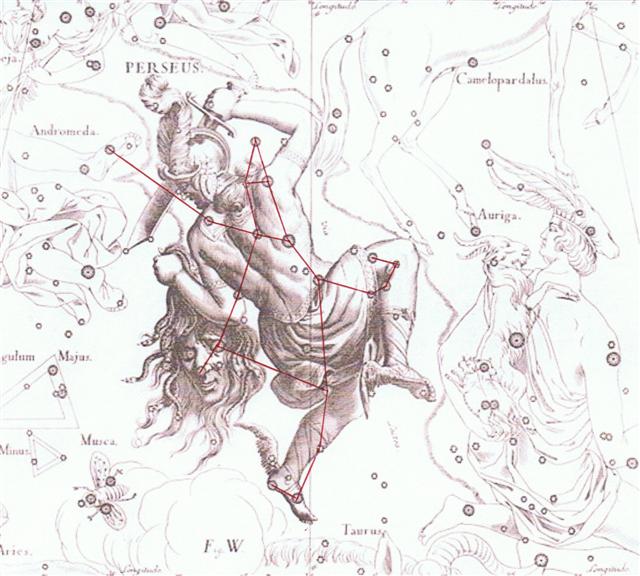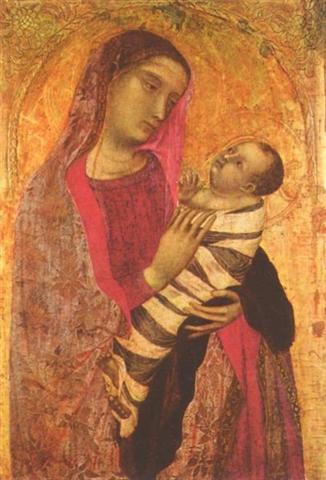The C text continues:
Empty hands at the end of the glyph line probably means just that, 'empty, nothing left', and implicitly it should mean a great cycle was ending with Cb1-24. And a new one would then begin with Cb2-1. Positive could be Metoro's ma te ua - because rain was always welcome on Easter Island (even worthy of a song of gratitude, ako, once in a while). In Tahua there were 60 glyphs from the old mutilated viri to the young one. Makoi went quickly (like Mercury) around the island in about 60 stations. No definite number for his stations is given in Manuscript E, but perhaps it was to make the reader think for himself. Only 6 days remained from heliacal Algenib Persei in May 10 - where 5 * 10 was possible to allude to the 50 days from March 21 - to heliacal Tau-ono (in Gregorian day 136).
Reading the text heliacally and viewed from a position north of the equator makes more sense than reading the text relying on the nakshatra stars (rising heliacally in November). The whole star map is based on a viewpoint north of the equator. Bharani is the female organ of reproduction and possibly the new cycle on side b should be born in May 16 (136). The explorers were 135 days on the 'Sea' before they reached Easter Island. On side a the Jupiter cycle was evidently beginning with March 22. What planet's cycle could begin with May 16? Counted from Ca14-1 (March 19) to the end of line Cb1 there were 29 + 24 = 53 days. By then adding the first 6 glyphs in line Cb2 (in order to reach Tau-ono) the number of days becomes 53 + 6 = 59 = 2 * 29½. The synodic cycle of Mercury was observed to be 116 days and 116 = 4 * 29. This young planet could govern the back side of the Mamari tablet (with 12 * 29 = 348 glyphs). And also the whole of the Tahua text. 14 * 29 = 406 and in the next day (at niu) Bharani rose with the Sun.
...when the new moon appeared women assembled and bewailed those who had died since the last one, uttering the following lament: 'Alas! O moon! Thou has returned to life, but our departed beloved ones have not. Thou has bathed in the waiora a Tane, and had thy life renewed, but there is no fount to restore life to our departed ones. Alas'...
| |||||||||||||||||||||||||||||||||||||||||||||||||||||||||||||||||||||||||||||||||||||||||||||||||||||||||||||||||||||||








